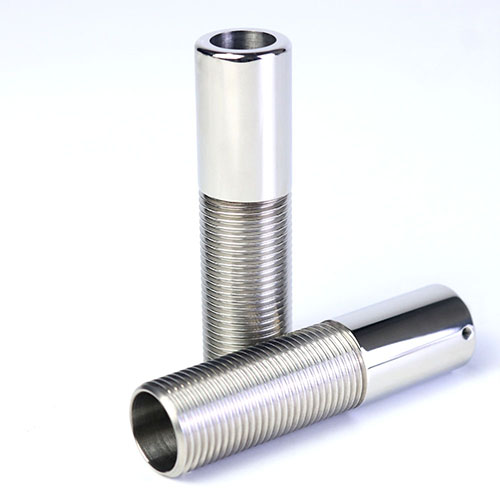Pipe adapters may be small in size, but they play an indispensable role in connecting pipelines of different diameters, materials, or pressure ratings in industries ranging from pharmaceuticals to offshore drilling. As fluid systems grow more complex and operational demands increase, the reliability of these components becomes vital to preventing leaks, pressure drops, and system failures. This article provides a technical yet practical overview of adapter performance based on empirical data and real-world case studies, highlighting how the right adapter choices enhance safety and reduce downtime.
Research Methods
2.1 Design Approach
The study employed a multi-stage methodology:
● Laboratory pressure cycling tests on stainless steel, brass, and PVC adapters
● Comparative analysis of threaded, welded, and quick-connect adapter types
● Field data collection from 12 industrial sites over a 24-month period
● Finite Element Analysis (FEA) simulating stress distribution under high-vibration conditions
2.Reproducibility
Testing protocols and FEA parameters are fully documented in the Appendix. All material grades, pressure profiles, and failure criteria are specified to allow replication.
Results and Analysis
3.1 Pressure and Material Performance
Average Failure Pressure (in bar) by Adapter Material and Type:
|
Material |
Threaded Adapter |
Welded Adapter |
Quick-Connect |
|
Stainless Steel 316 |
245 |
310 |
190 |
|
Brass |
180 |
– |
150 |
|
SCH 80 PVC |
95 |
110 |
80 |
Stainless steel welded adapters sustained the highest pressure levels, though threaded designs offered greater flexibility in maintenance-intensive environments.
2.Corrosion and Environmental Durability
Adapters exposed to saline environments showed a 40% shorter lifespan in brass compared to stainless steel. Powder-coated carbon steel adapters demonstrated improved corrosion resistance in non-submerged applications.
3.Vibration and Thermal Cycling Effects
FEA results indicated that adapters with reinforced collars or radial ribs reduced stress concentration by 27% under high-vibration scenarios, common in pumping and compressor systems.
Discussion
1.Interpretation of Findings
The superior performance of stainless steel in aggressive environments aligns with its widespread use in chemical and marine applications. However, cost-effective alternatives such as coated carbon steel may be suitable for less demanding conditions, provided regular inspection protocols are followed.
2.Limitations
The study focused primarily on static and low-frequency dynamic loads. Further research is needed for pulsating flow and water hammer scenarios, which introduce additional fatigue factors.
3.Practical Implications
System designers and maintenance teams should consider:
● Adapter material compatibility with both the pipeline media and external environment
● Installation accessibility and need for future disassembly
● Vibration levels and potential for thermal expansion in continuous operation
Conclusion
Pipe adapters are critical components whose performance directly impacts the safety and efficiency of fluid systems. Material choice, connection type, and operating context must be carefully matched to avoid premature failure. Future studies should explore composite materials and smart adapter designs with integrated pressure sensors for real-time monitoring.
Post time: Oct-15-2025





